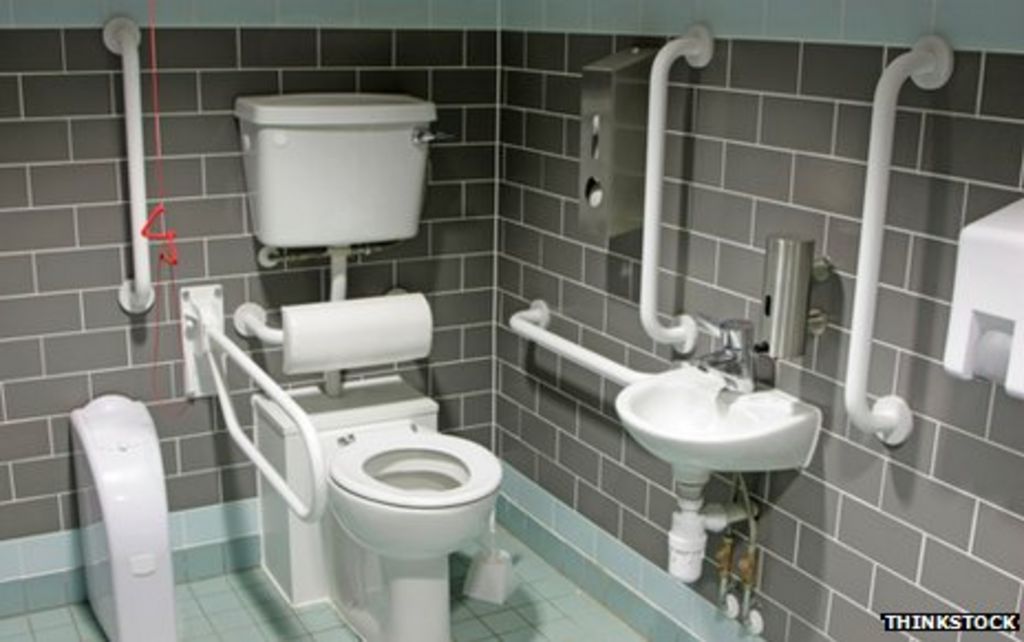Understanding Handicap Shower Requirements for Small Bathrooms: Handicap Showers For Small Bathrooms

Creating a handicap-accessible shower in a small bathroom presents unique challenges. It’s crucial to ensure safety, ease of use, and compliance with accessibility guidelines. This guide explores the essential features and considerations for designing a handicap-accessible shower in a compact space.
Essential Features for a Handicap-Accessible Shower
A handicap-accessible shower prioritizes safety and ease of use. Key features include:
- Non-slip flooring: A textured or anti-slip surface prevents falls and provides stability.
- Grab bars: Strategically placed grab bars provide support for entering, exiting, and maneuvering within the shower.
- Accessible controls: Shower controls should be easily reachable and operable, often positioned at a lower height or with lever handles for better grip.
- Roll-in shower: A roll-in shower allows wheelchair users to enter and exit the shower without transferring.
- Shower seat: A built-in or portable shower seat provides a safe and comfortable place to sit during showering.
ADA Guidelines for Shower Dimensions and Accessibility Features
The Americans with Disabilities Act (ADA) provides guidelines for accessibility in public and commercial spaces, including shower design. These guidelines ensure safe and usable facilities for individuals with disabilities.
- Shower floor space: The ADA recommends a minimum clear floor space of 30 inches by 30 inches within the shower, allowing for wheelchair maneuvering and turning.
- Grab bar placement: Grab bars should be positioned at specific heights and locations for optimal support. The ADA requires grab bars on at least two sides of the shower, with one positioned within reach of the shower seat.
- Shower head height: The shower head should be adjustable and located at a maximum height of 80 inches from the shower floor. This ensures comfortable showering for individuals of varying heights.
Challenges of Adapting Small Bathrooms for Handicap Accessibility
Transforming a small bathroom into a handicap-accessible space can pose challenges.
- Limited space: Small bathrooms often lack the necessary space to accommodate the ADA-recommended dimensions for a roll-in shower or a spacious shower area.
- Existing fixtures: Existing fixtures, such as a bathtub or toilet, may need to be relocated or replaced to create the required space for accessibility features.
- Structural modifications: Adapting a small bathroom for accessibility may require structural modifications, such as lowering the shower floor or reinforcing walls for grab bar installation.
Practical Considerations for Small Bathroom Showers

Creating a handicap-accessible shower in a small bathroom requires careful planning and consideration of practical aspects to ensure both functionality and comfort. This section will delve into key considerations, including shower door types, suitable materials for floors and walls, and the importance of proper ventilation and drainage.
Shower Door Types
The choice of shower door significantly impacts accessibility and the overall aesthetic of the bathroom.
- Swinging Doors: These are the most common type, offering a traditional look and relatively affordable price. However, swinging doors can take up valuable space, making them less suitable for small bathrooms. They can also be challenging for individuals with limited mobility to navigate.
- Sliding Doors: Sliding doors are space-saving, ideal for small bathrooms as they don’t require swing room. They are also easier to operate for individuals with limited mobility, as they don’t require pushing or pulling heavy doors. However, they can be more expensive than swinging doors and may not be as aesthetically pleasing.
- Walk-in Showers: Walk-in showers are the most accessible option, eliminating the need for any doors entirely. They offer a wide entryway, making it easy for individuals with mobility impairments to enter and exit the shower. However, walk-in showers may require more space and can be more expensive to install.
Shower Floor and Wall Materials
Choosing the right materials for the shower floor and walls is crucial for both safety and practicality.
- Slip-Resistant Flooring: Non-slip surfaces are essential in showers, especially for individuals with mobility impairments. Consider textured tiles, non-slip coatings, or raised surfaces to minimize the risk of falls. Examples include textured ceramic tiles, rubber mats, or textured epoxy coatings.
- Easy-to-Clean Surfaces: The shower should be easy to clean and maintain, especially in small bathrooms where space is limited. Choose materials that are resistant to stains and mildew, such as porcelain, glass, or certain types of stone.
Ventilation and Drainage, Handicap showers for small bathrooms
Proper ventilation and drainage are critical in any shower, but even more so in small bathrooms where moisture can easily accumulate.
- Ventilation: Adequate ventilation is essential to prevent mold and mildew growth, which can be harmful to health and make the bathroom unpleasant. Install a bathroom exhaust fan that can quickly remove moisture from the air, and ensure it’s powerful enough for the size of the bathroom.
- Drainage: A well-designed drainage system is vital to prevent water from pooling on the shower floor, creating a safety hazard. Ensure the drain is large enough to handle the water flow and is properly sloped to allow for efficient drainage. Consider a linear drain for a more modern look and easier access for cleaning.
Handicap showers for small bathrooms – Handicap showers in small bathrooms can be challenging to design, but with careful planning, it’s possible to create a safe and accessible space. If you’re working with a 10×10 master bathroom, you can find inspiration in master bathroom floor plans 10×10 that incorporate handicap-accessible features.
These plans can help you visualize how to position the shower, toilet, and other fixtures to create a functional and stylish space that meets your accessibility needs.
Handicap showers are a great way to make a bathroom more accessible, even in smaller spaces. When creating a custom shower stall, you’ll need to consider the flooring, and a strong foundation is essential. For tiling bathroom floors, plywood for tiling bathroom floors is a popular choice, offering a stable surface for tiles.
This is particularly important for handicap showers, where the floor might need to be reinforced to accommodate additional weight.